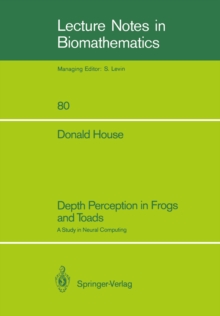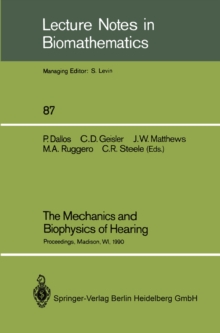
Acanthaster and the Coral Reef: A Theoretical Perspective : Proceedings of a Workshop held at the Australian Institute of Marine Science, Townsville, Aug. 6-7, 1988 PDF
Edited by Roger H. Bradbury
Part of the Lecture Notes in Biomathematics series
Description
In August 1988. the Sixth International Coral Reef Symposium was held in Townsville resulting in an influx of most of the world's coral reef sCientists to the city.
We seized this opportunity at the Australian Institute of Marine Science to run a small workshop immediately before the symposium on the outbreaks of the crown-of-thorns starfish.
Aeanthaster planei. We invited that small band of mathematicians who had been modelling the phenomenon, (and who may not have normally attended an international meeting so thoroughly dedicated to natural science) to meet with those SCientists who had been been actively working on the phenomenon in the field.
John Casti notes in his delightful new book Alternate Realities (Wiley, 1989): 'If the natural role of the experimenter is to generate new observables by which we know the processes of Nature, and the natural role of the mathematician is to generate new formal structures by which we can represent these processes. then the system SCientist finds his niche by serving as a broker between the two. ' I think our book shows the fruits of that brokerage through the wide range of models explored within its pages. the high level of collaboration and interaction across disciplines evident in the individual papers, and in the emerging synthesis that reflects a far deeper understanding of this complex phenomenon than was possible even a few years ago.
Information
-
Download - Immediately Available
- Format:PDF
- Publisher:Springer Berlin Heidelberg
- Publication Date:09/03/2013
- Category:
- ISBN:9783642467264
Information
-
Download - Immediately Available
- Format:PDF
- Publisher:Springer Berlin Heidelberg
- Publication Date:09/03/2013
- Category:
- ISBN:9783642467264










